The FDA (U.S. Food & Drug Administration) has found a new way to punish us.
Our penchant for Roquefort cheese is again being tested.
They've imposed new regulations concerning that old fiction
about raw milk and the need to reduce bacteria, blah, blah, blah.
Singling out my lifelong friend Roquefort, the celebrated blue cheese has been
burdened with yet another cross to bear in the U.S.
New guidelines have recently been enacted, demanding that Roquefort
producers reduce the amount of bacteria in their cheese.
Give me a break.
The blue vein (penicillium roqueforti) is what gives Roquefort its character.
Mankind has been consuming this cheese since around 79 A.D.
so how can it be bad for you?
Piquant and exotic, I refuse to throw in the towel on beautiful blue Roquefort.
FDA, listen up! Your restrictions are totally out of bounds.
That's like calling my mother ugly.
in the pecking order of a country that boasts 500 different types of fromage.
Produced in the department of Aveyron, the cheese (by law) must hail from
the caves surrounding a little village called Roquefort-sur-Soulzon.
These caves produce a natural type of fungus which give the
cheese its characteristic twang.
The cheese begins as raw ewe's milk and packs a wallop as it slowly develops
its characteristic deep blue-green veins during the careful aging process.
The legend of Roquefort goes something like this.
A beautiful young lady caught a shepherd's attention as he sat down
to his usual lunch of cheese curds and bread.
Leaving his lunch in a nearby cave in order to pursue the young lass, he returned
much later, discovering a moldy cheese unlike anything he had ever seen.
His hunger overtook his fear and he tried a taste, discovering
the fantastic flavor and punch of the blue cheese.
So maybe now we know why cheese and love go hand in hand.
The adorable little town, dedicated to the art of cheese making,
made us love our favorite blue even more.
The Papillon tour was both lively and educational, with a memorable reward
at the end --- a sampling of their delicious product.
The best part was seeing how they bake the large round peasant loaves --
purposely baked at high temperatures until the crust is very dark, almost burnt
but still a bit underdone on the inside in order to promote the mold --
and allow the natural process to take it course.
It inspired us to find a nearby country auberge, where we enjoyed
a Roquefort omelette for lunch, always a good idea.
This is what makes France so special.
Tradition, pride, ingenuity and the horse sense to know what's good.
Roquefort cheese has been lauded for its anti-inflammatory properties,
contributing to the legend of The French Paradox.
There are some who dare to claim that it actually promotes cardiovascular health.
Seems more believable than the bunk that this particular bacteria may be bad for you.
After all, haven't many of us started adding bacteria (via probiotics) to aid digestive health? Roquefort tastes far better than adding one more supplement to our daily ritual.
Think of all the good things in life that are blue:
the beautiful blue sky, the deep blue sea, Cookie Monster, Paul Newman's eyes,
bluebirds, sapphires, ...... the list goes on.
Perhaps LeAnn Rimes' hit "Blue" could be our anthem, "Blue, oh so lonesome for you."
Perhaps I should thank the F.D.A.
I guess I'll be forced to go to Paris to fulfill my cheese dependence.
Time to start making plans for a Roquefort soufflé at La Cigale Recamier
or a cheese platter at Astier, or (insert favorite here!)......
Suddenly, I'm not quite so blue!
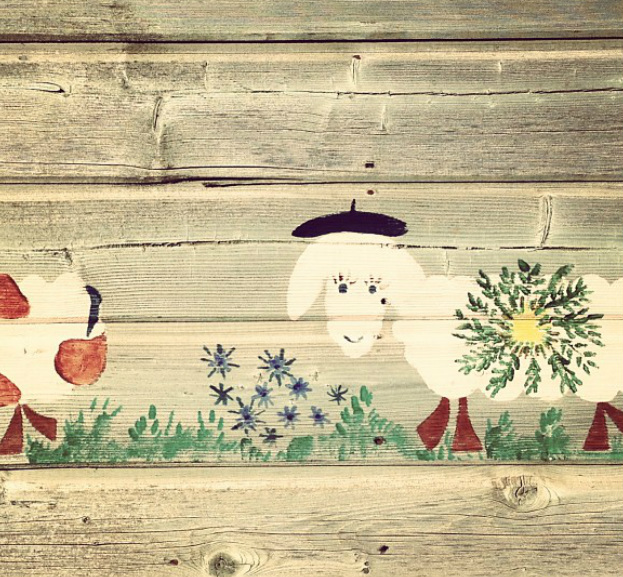
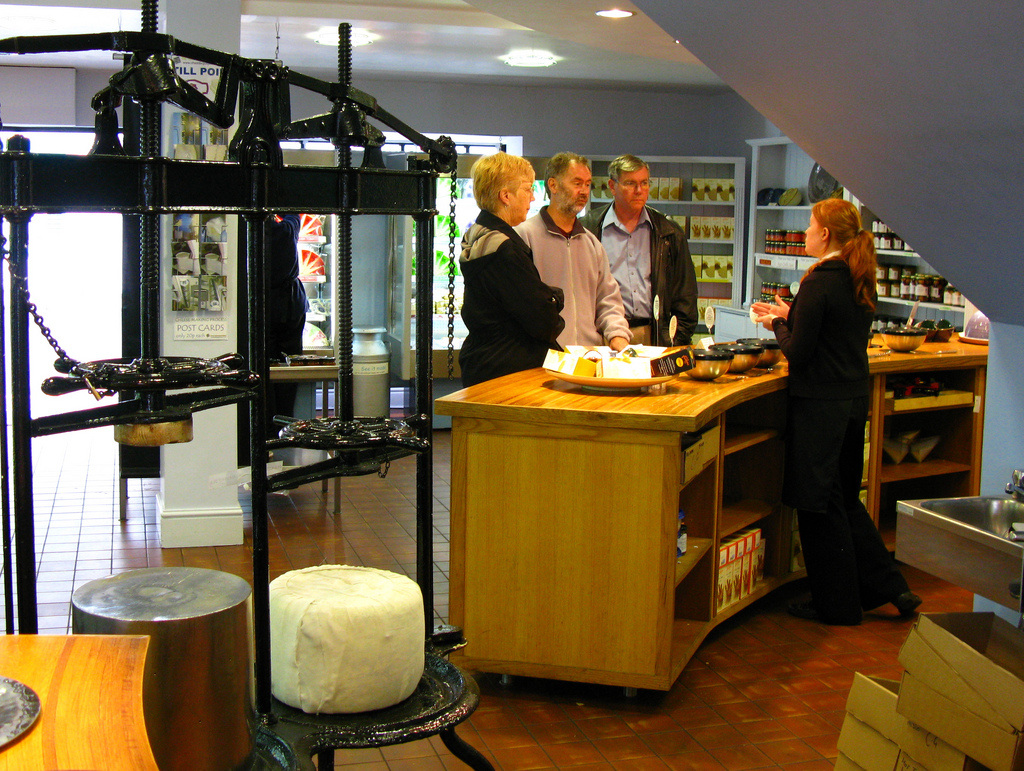
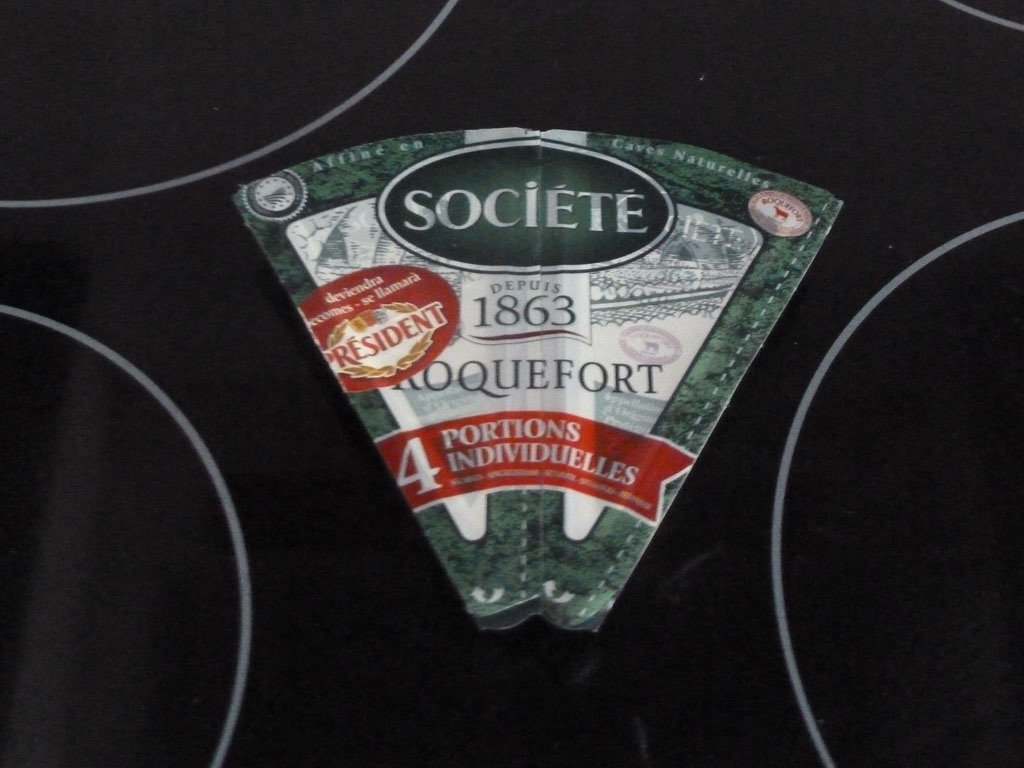
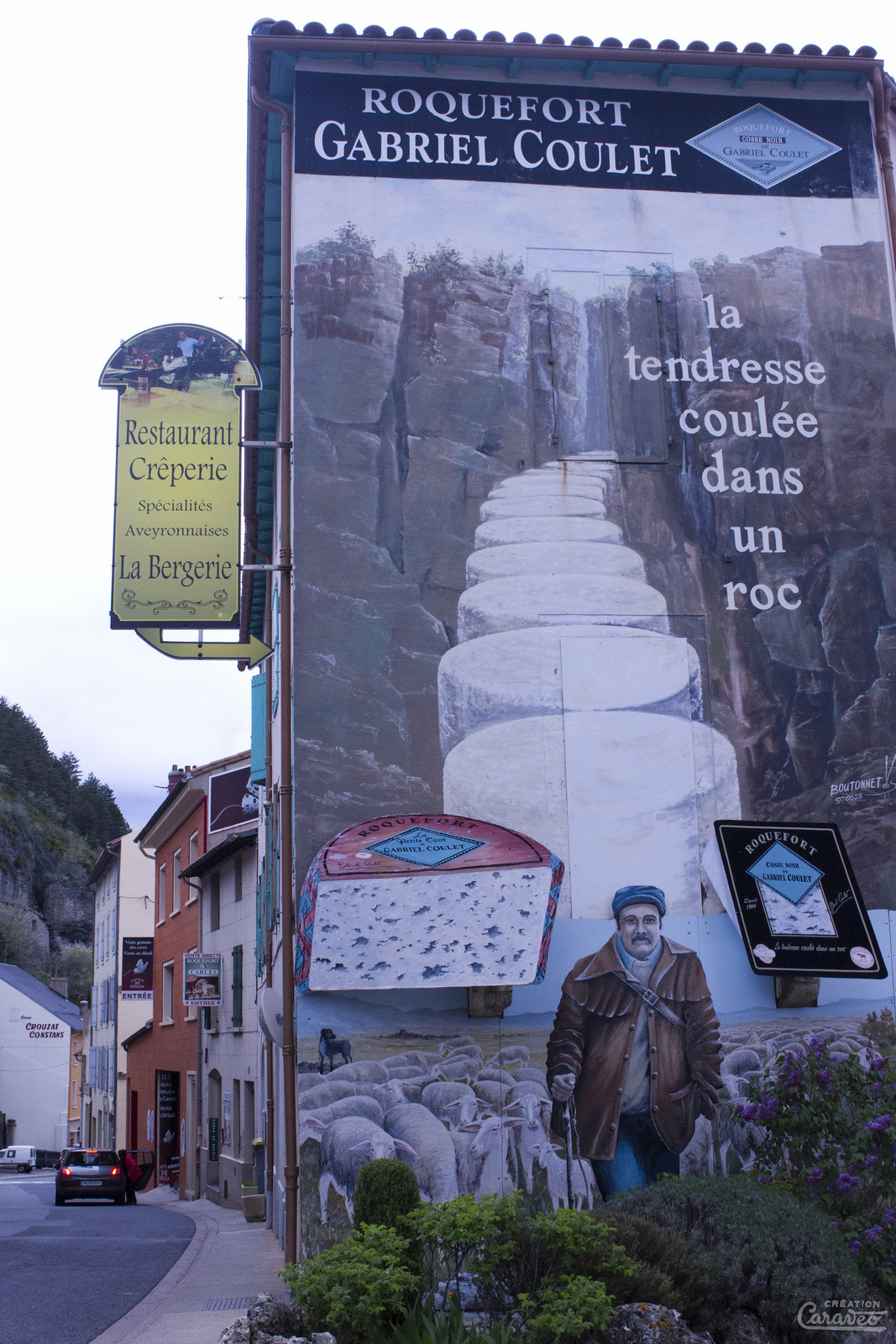
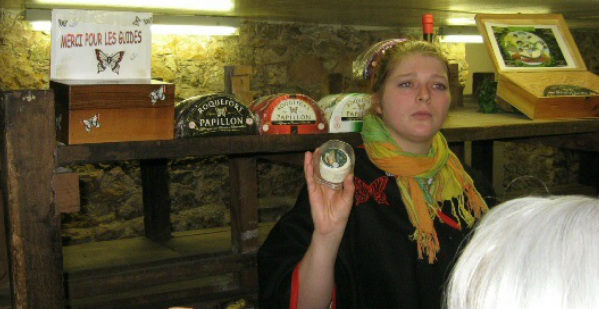
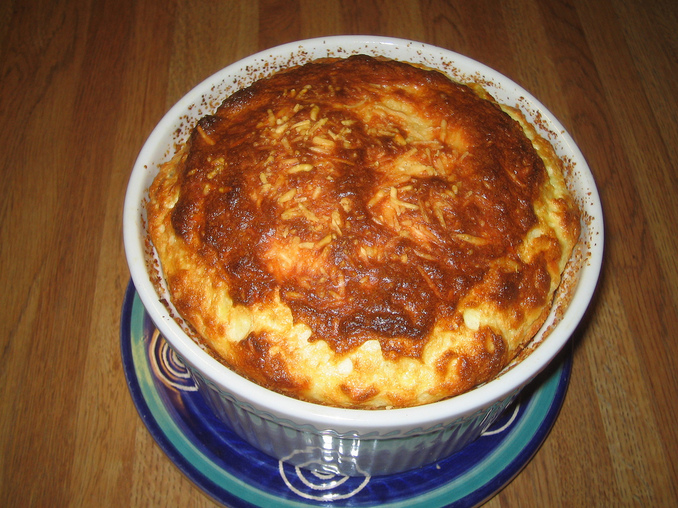
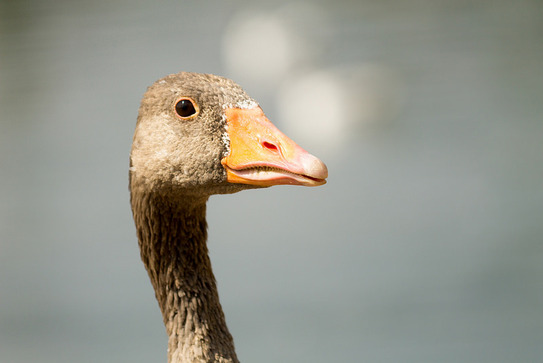
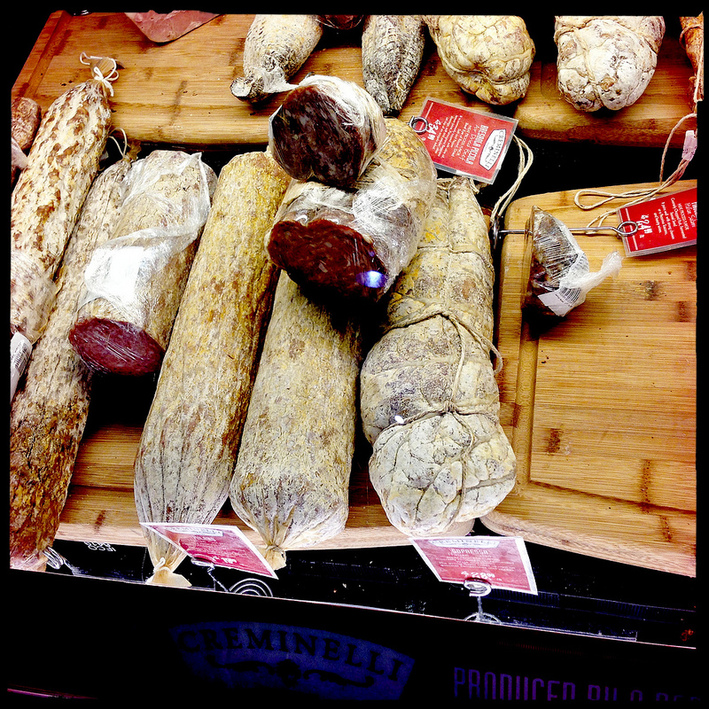
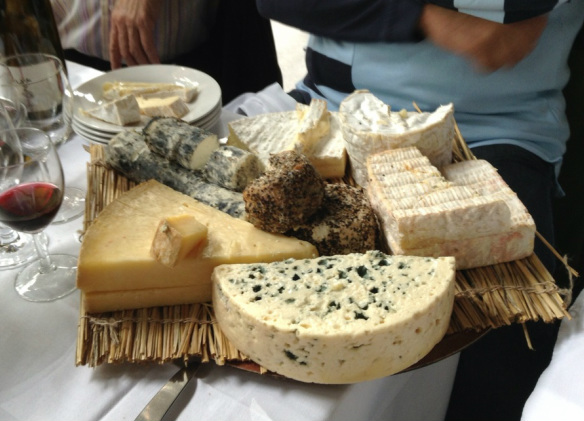
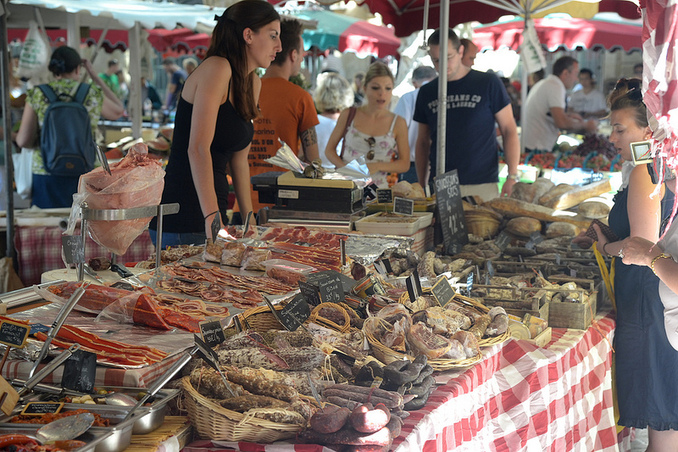
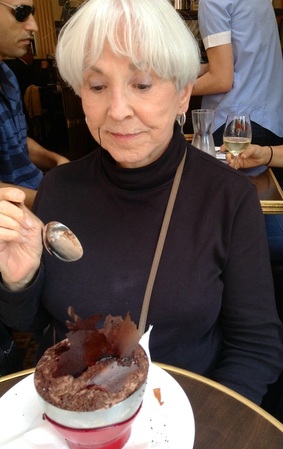
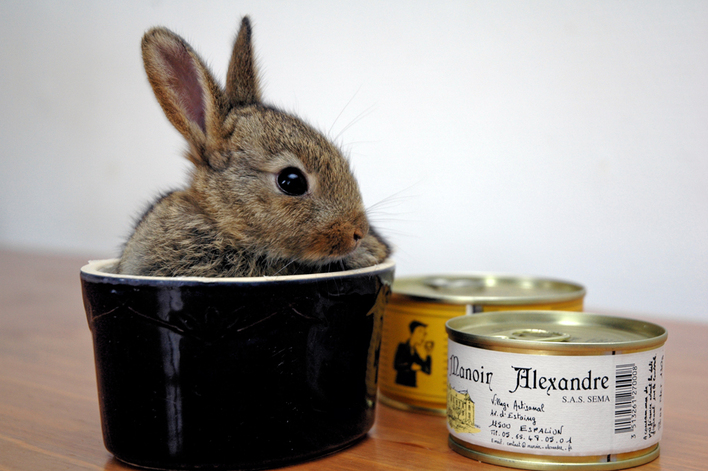
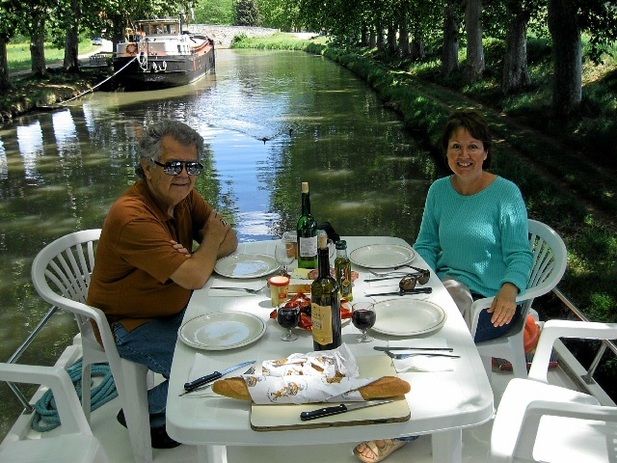
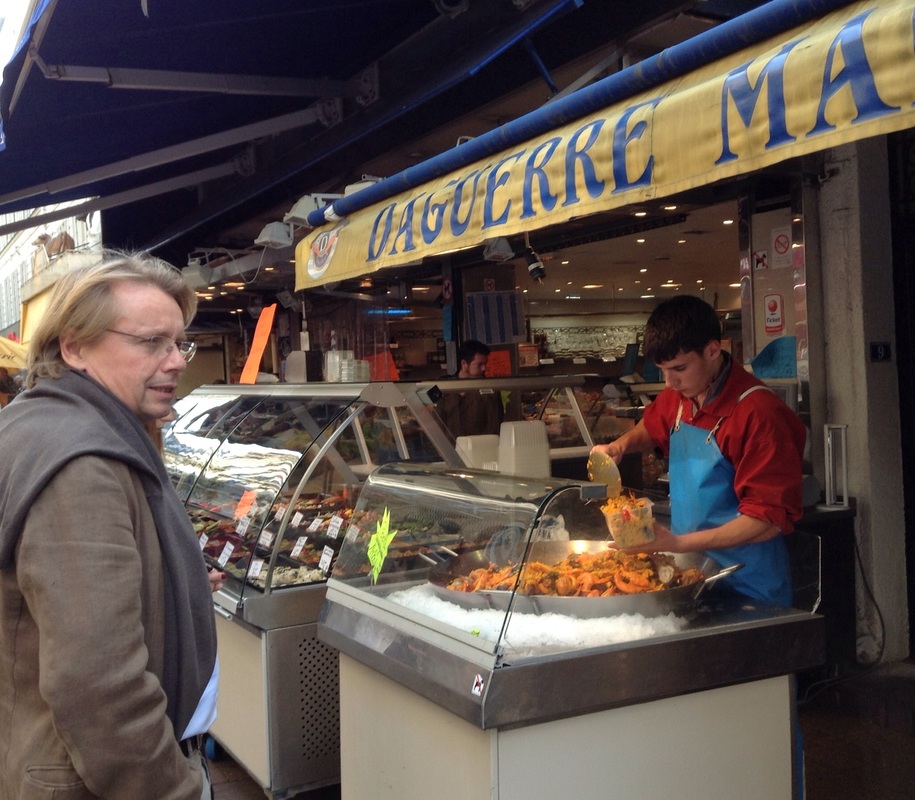
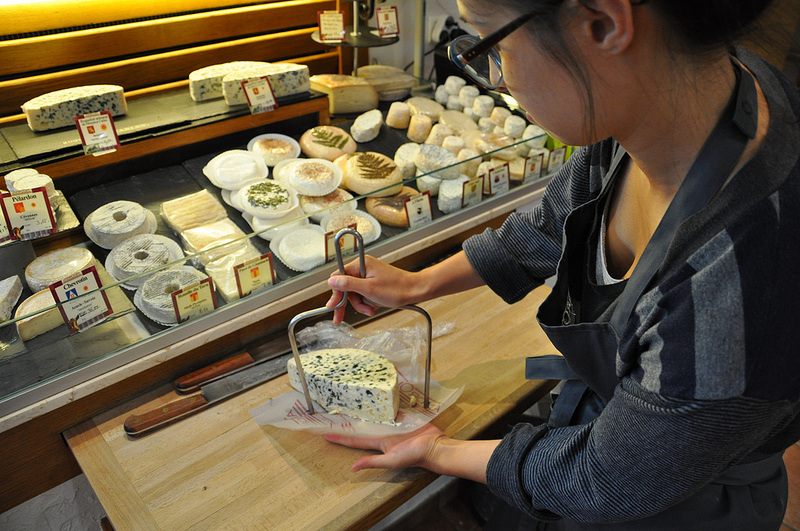
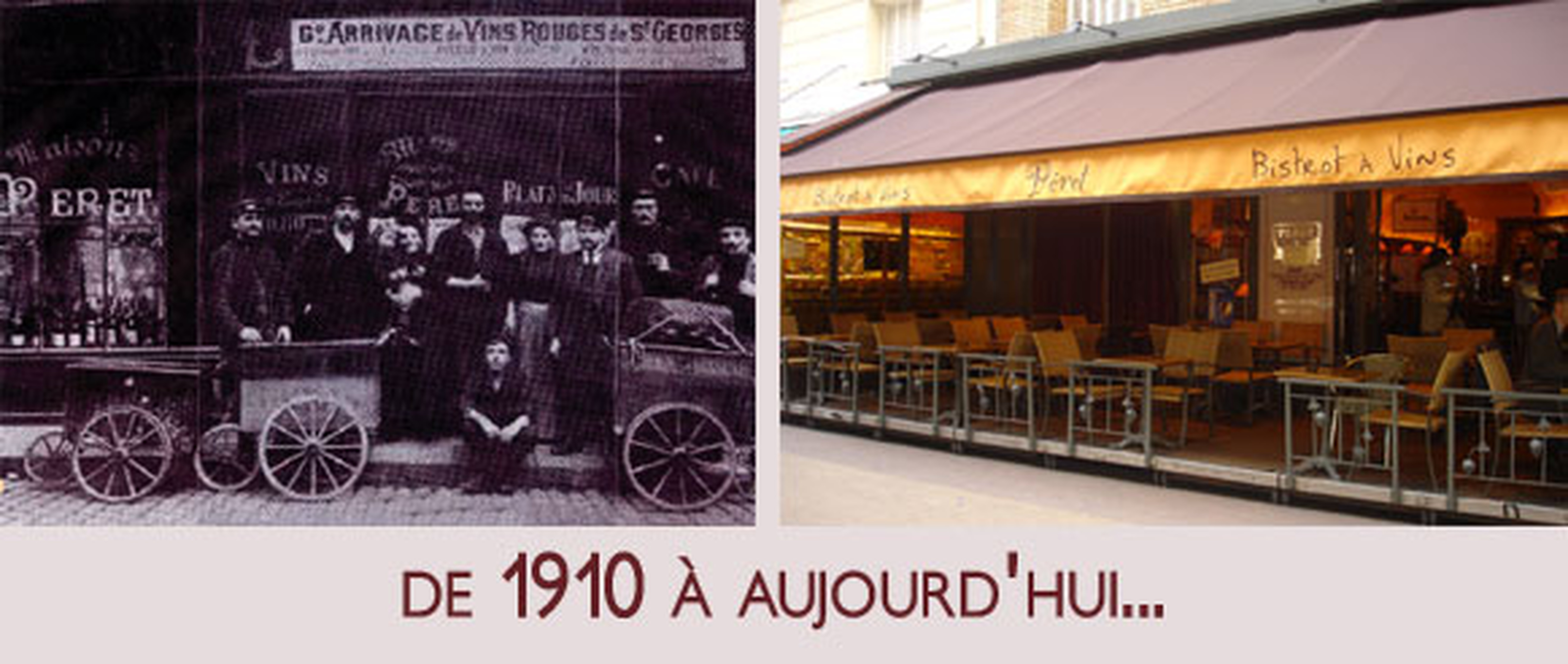
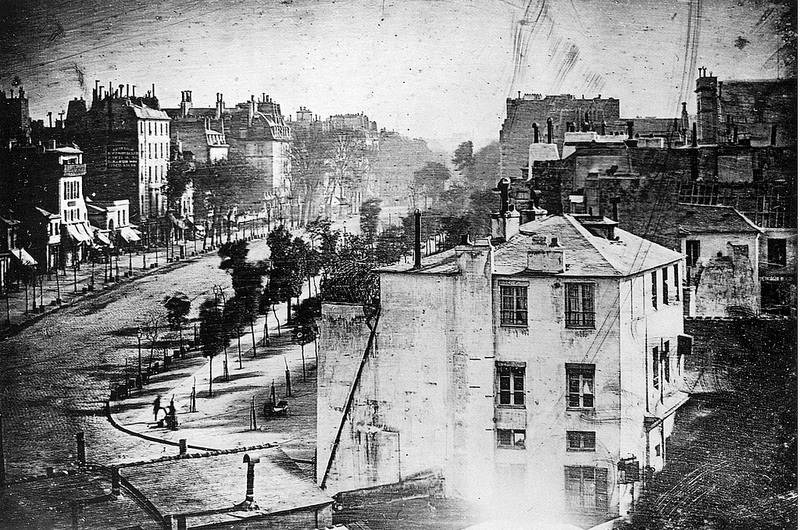
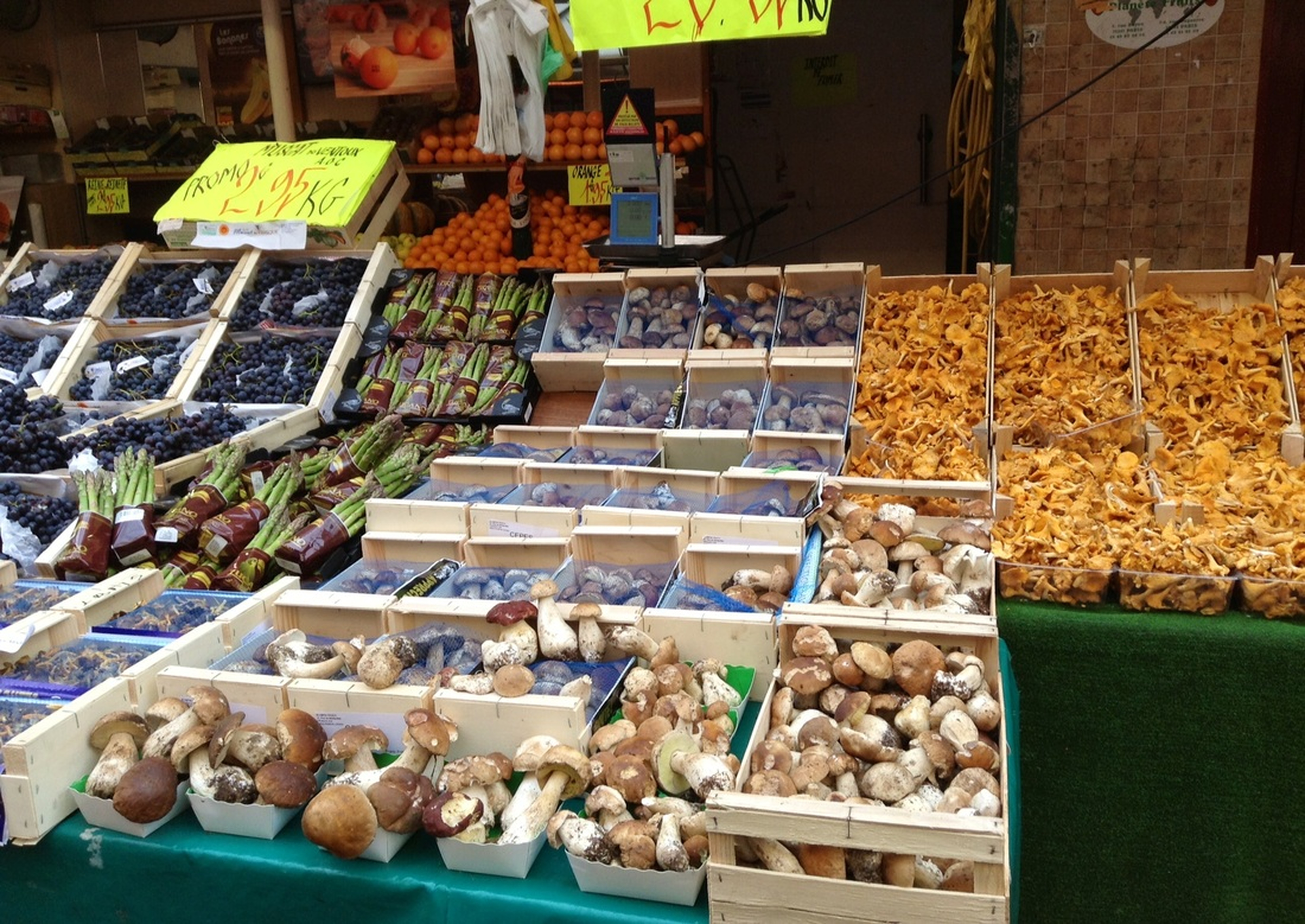

 RSS Feed
RSS Feed
